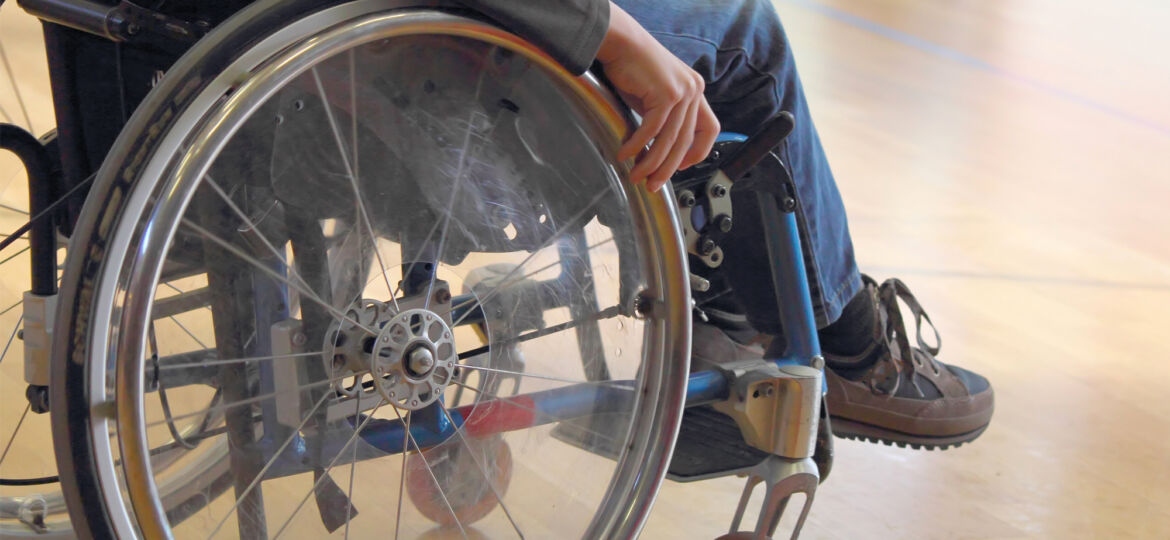
We live in an exciting age, one where science and innovation are making things that even our recent ancestors would have thought impossible possible. In 1969 man first landed on the moon and by the end of this Century it’s looking increasingly likely that there’ll be human foot prints on the red dust of Mars.
Over the past decade the rate of innovation and disruption has increased dramatically fuelled by easier and faster access to funding, global expertise and advanced manufacturing techniques and the results have been staggering – global patent applications have increased six fold and the number of new company registrations has increased tenfold and post recession it’s increasingly looking like solving the impossible is the new normal and while there are over two hundred and forty major emerging technologies coming down the line – from new breeds of thinking computers all the way through to self driving cars none are more exiting that those that cure disease and suffering but similarly it’s often these same breakthroughs that often get the least press inches and so it was today when scientists finally announced that they have, for the first time, reversed paralysis.
While some people are hailing this as the biggest thing to happen since the manned moon mission in the sixties the story doesn’t even appear on many of the major news sites which has to lead us to ask the question what kind of a society do we want to be when other stories about fashion and sex dominate the headlines?
According to recent figures one in fifty people around the world live with some form of paralysis and up until recently it’s been irreversible – a condition that dramatically affects the mood and well being of not just the sufferer but also their families and friends but over the past few months Polish and British doctors and scientists, led by Professor Geoff Raisman, Chair of the Neural Regeneration committee at the University College of London Institute of Neurology have been working on a radical yet seemingly simple new cell therapy which has allowed Dareck Fidyka a 40 year old doctor who in 2010 was paralysed after he was stabbed in the back multiple times to walk again.
The treatment used Olfactory Ensheathing Cells – pathway cells involved in the sense of smell that help nerve fibres in the nose to be continually renewed that were transplanted into the patients spinal chord that had been severed during the knife attack and while they only had just 500,000 cells to work with they were still able to make over 100 micro injections above and below the injury which then grew towards each other to form a neurological bridge which reconnected the gap in the spinal cord restored feeling and, more importantly, motion.
The end of paralysis is getting closer and wheel chair manufacturers might want to look into getting into another line of business.
















